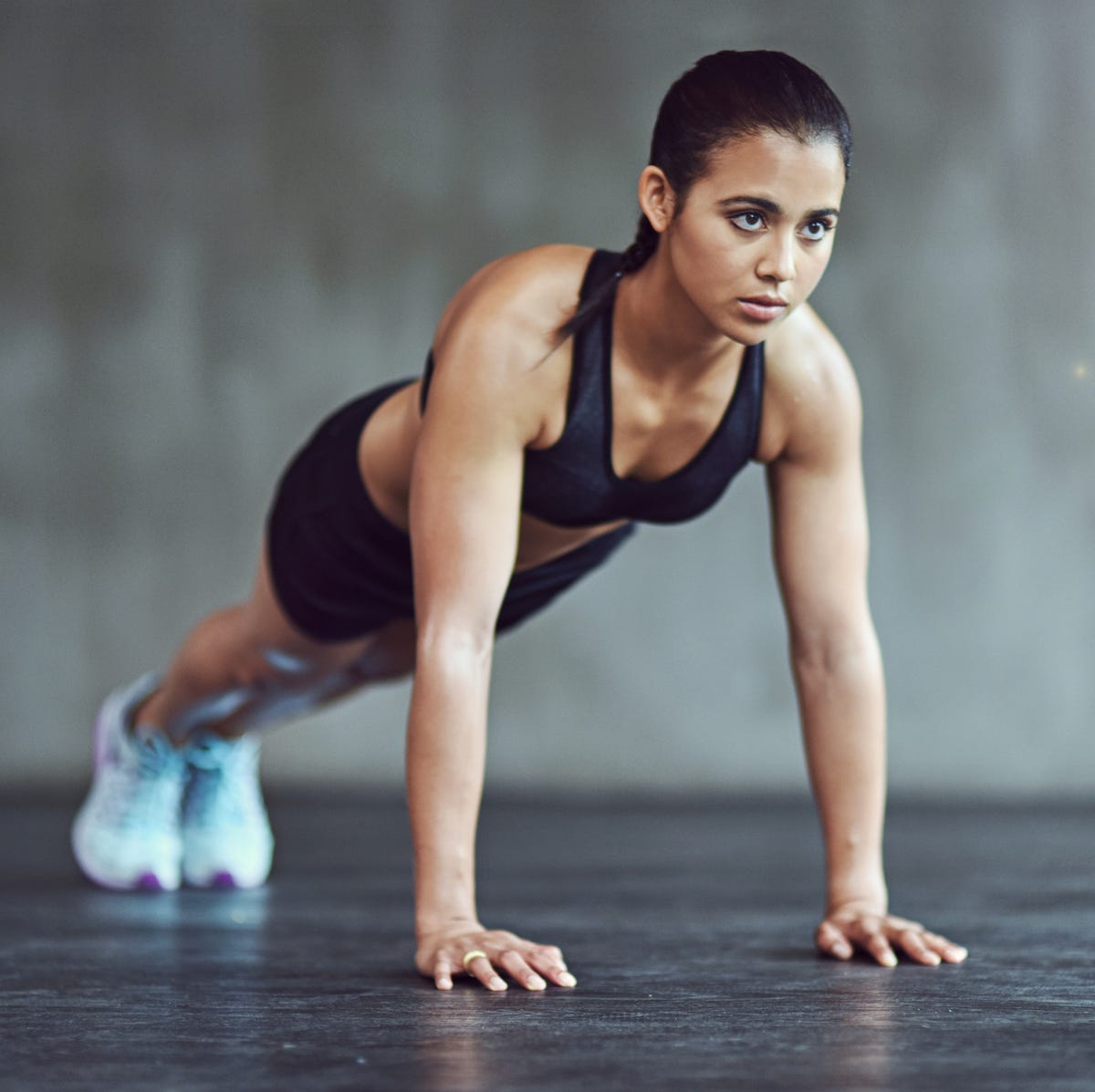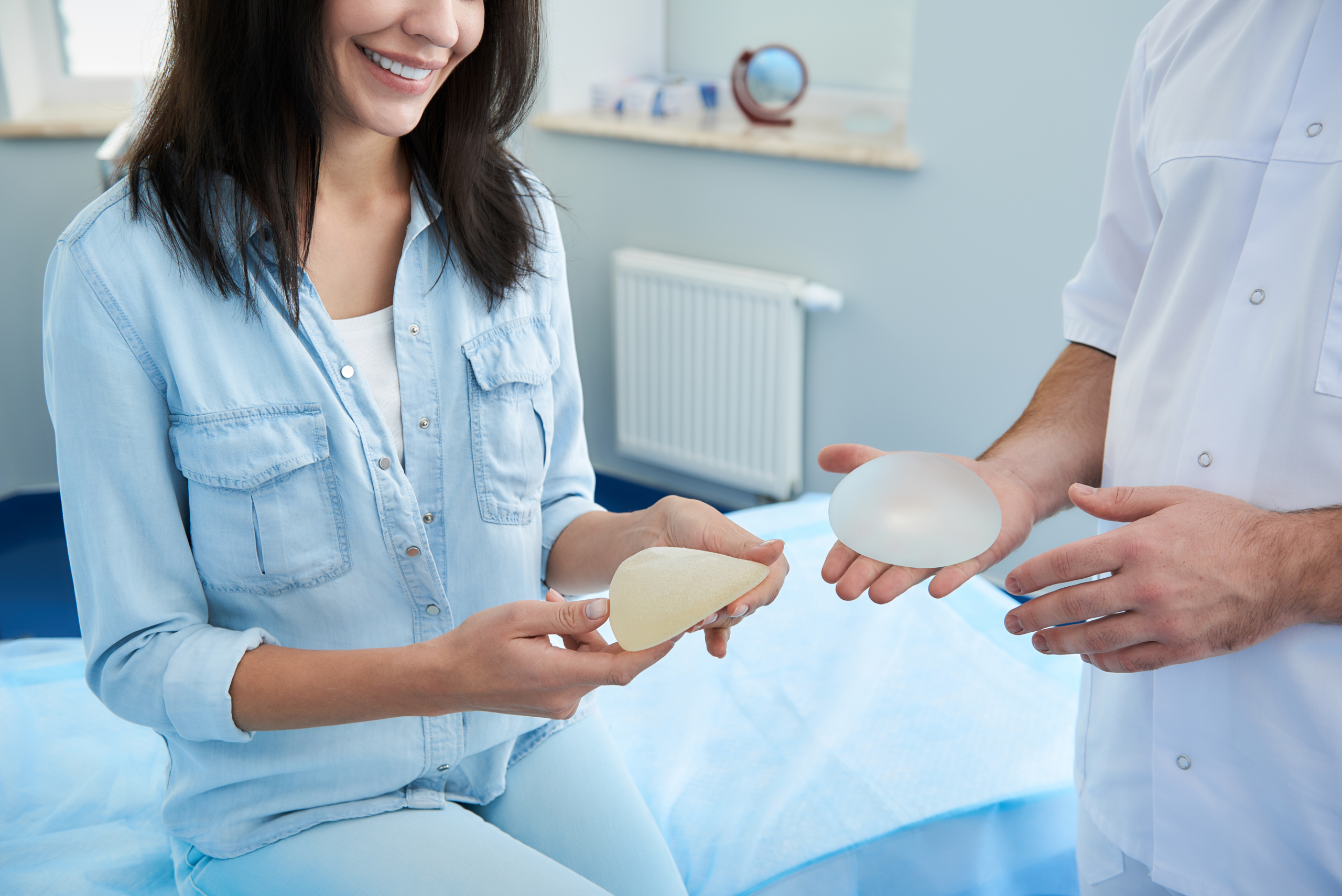Nurses are the backbone of the American healthcare system, and their role in treating and caring for patients has continued to expand over the years. At the same time, an increasing rate of retirement for these professionals has led to a shortage. For those who would like to become career nurses, this is a perfect opportunity.
Many young people are now seeking nursing training, and if they have the right qualifications, they have no trouble securing jobs. According to the Bureau of Labor Statistics, employment for these professionals is expected to grow by at least 6% in the coming decade, which translates to about 193,000 new jobs every year.
Joining The Nursing Workforce
The training to become a registered nursing professional doesn’t take very long, especially if students choose to pursue online studies. Students can pursue a bachelor’s or associate degree in nursing, or earn a diploma from an approved nursing school, before obtaining a nursing license from their state to be eligible for employment.
Many American universities have nursing programs, but before enrolling, it is important for students to make sure that they are dealing with an accredited institution. Reputable institutions such as Rockhurst University offer several nursing programs, including an online ABSN, MSN-FNP, MSN-AGACNP and an MSN dual track. By combining 100% online coursework with in-person clinical placements, students are prepared to excel in the field of nursing.
Students are encouraged to join professional associations and there are many in the United States, such as the American Nurses Association (ANA), National League for Nursing (NLN), American Association of Critical-Care Nurses (AACN) and Emergency Nurses Association (ENA). Click here to learn more about professional nursing organizations.
While getting the right qualifications is mandatory, certain attributes are necessary for one to make a good nurse. The profession is quite demanding, and having certain skills helps nurses cope with their day-to-day tasks.
What Soft Skills Are Needed To Excel In Nursing?
As nursing students pursue academic qualifications, they also need to develop the following attributes if they don’t already have them:
Nurses Need To Be Caring And Empathetic
This may seem like an obvious one, but not all nurses possess this particular attribute. Carers need to be empathetic and caring because it translates directly into what they are willing to do for their patients to help them heal. A nurse who cares will listen to the patient and do whatever it takes them to make them not just better, but also comfortable throughout their recovery.
Empathy means that the nurse can put themselves in the patient’s shoes and understand what they are going through. They won’t become desensitized by their daily experiences, and every patient is treated with care and understanding.
Good Nurses Are Problem-Solvers
Clinical knowledge and training prepare nurses for the workplace, but it can often be a chaotic place where nurses need to use their initiative to solve problems.
Nurses need to develop problem-solving skills; it helps them act quickly during emergencies, and it also means they don’t have to be supervised all the time. They can weigh several different options and choose whatever they deem to be the best course of action for the patient.
Excellent Communication Skills
Healthcare providers need to communicate all the time, and it can be quite difficult to work with someone who doesn’t have good communication skills. A good nurse knows how to talk to their colleagues and patients. They are good listeners, are polite, and take the time to understand what others are saying before they give a response.
Possess Stamina
Nursing is a rewarding profession, but it is also hard work. The typical nurse in an American healthcare facility has long days that sometimes translate into double or even triple shifts. This means it is important that nurses develop both mental and physical stamina. They should be able to work for hours on end while remaining mentally acute and physically strong.
Exercise Self-Care Skills
Self-care is vital because it is directly related to how much stamina one has. A healthy, balanced diet, exercise and relaxation are just some of the things that nurses can do to stay healthy.
A sense of humor and the ability to let things go also matter. Nurses meet people when they are at their lowest, and it can be difficult not to let their daily experiences affect them. Every nurse needs to find ways to deal with the things they encounter every day, including death.
A Drive For Continuous Learning
Innovations in healthcare happen every day, and nurses who want to climb the career ladder take time to attend seminars and conferences to learn about the latest advancements in patient care.
There are also plenty of higher education options for those who would like to earn additional qualifications to prepare for a more advanced role.
Cultural Sensitivity
Cultural sensitivity is important in the workplace, and it means treating all people equally regardless of where they are from or their background. Good nurses take the time to learn and understand people from other cultures and they deliver service equally to all.
Critical Thinking
This is all about making the right decisions in high-stress situations. What does a nurse do when an ER is full of bleeding patients from a road accident, for example? Can they quickly assess everyone, pick the ones most at risk and attend to them first?
What if a patient has an adverse reaction to a drug and needs immediate attention? Can the nurse make decisions on the fly? Can they weigh all the options before them and pick the right one? This may seem like a hard skill to develop but it comes with time. The more one is exposed to critical situations, the more likely they are to become critical thinkers.
Conclusion
Not all of us are born with the soft skills necessary to become a good nurse, but we can develop them along the way. The more you practice, the better you become at being a good listener, problem solver, critical thinker, empathetic person and good communicator.













